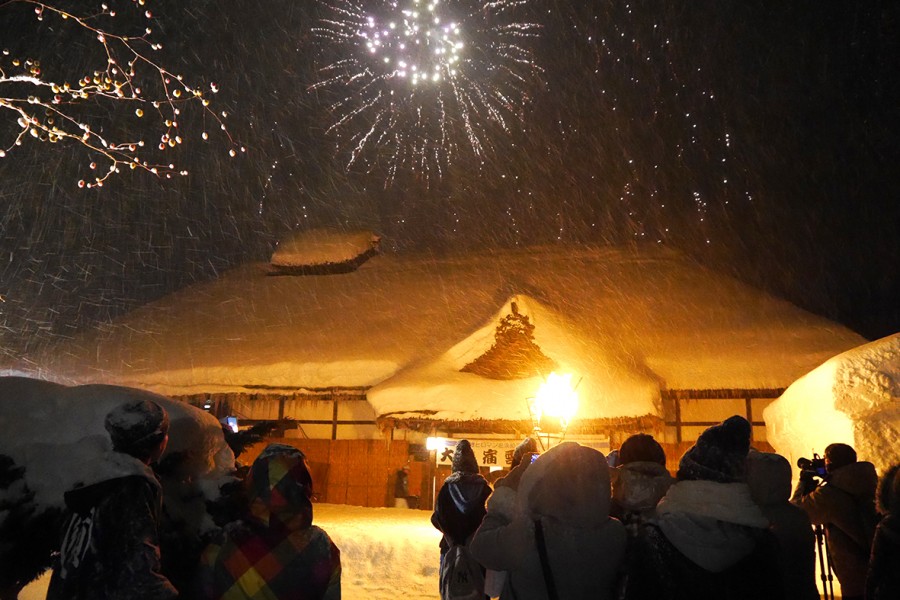
Ouchi-juku Snow Festival
Ouchi-juku’s rows of thatched-roof houses (which date back to the Edo Period) are transformed into a winter wonderland during Ouchi-juku Snow Festival, which takes place every February. Bright white snow falls and slowly builds up, as candles burn bright in snow lanterns, bathing the old post town in warm light. Various events are held during the two-day festival, the highlight being the fireworks on the first evening.----------------------------Snow Festival Schedule for 2024Getting to Ouchi-juku BY LOCAL TRAIN & BUS 2024:Download in PDF:Ouchi-juku Snow Festival 2024 The Event Scedule & The Special Schedule for Public Transportation Note added on January 9, 2024.We checked with the bus company that operates the Saruyugo Bus to see if reservations can be made. They are accepting reservations through their reservation website or by phone. Reservations have priority. The reservation site was only in the Japanese language, so we strongly recommend that you use the translation function to make reservations.Saruyugo Bus Reservationhttp://london-taxi.jp/saruyu_reserve/



